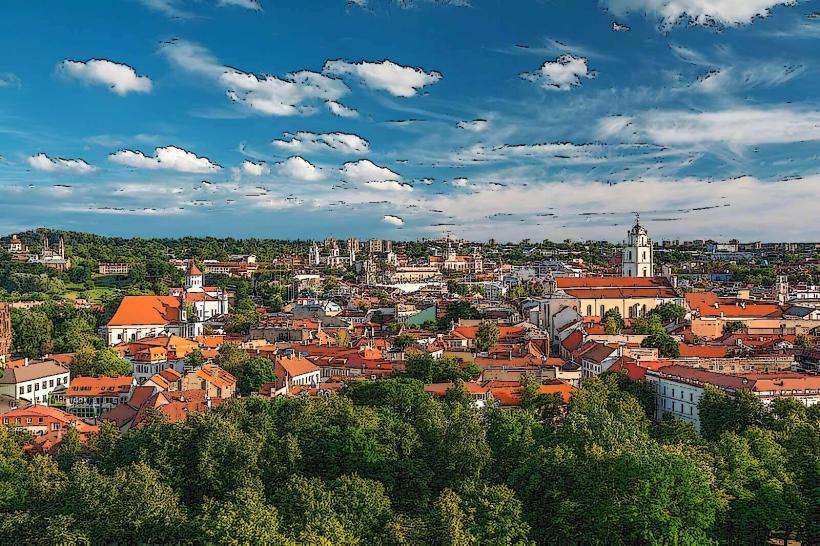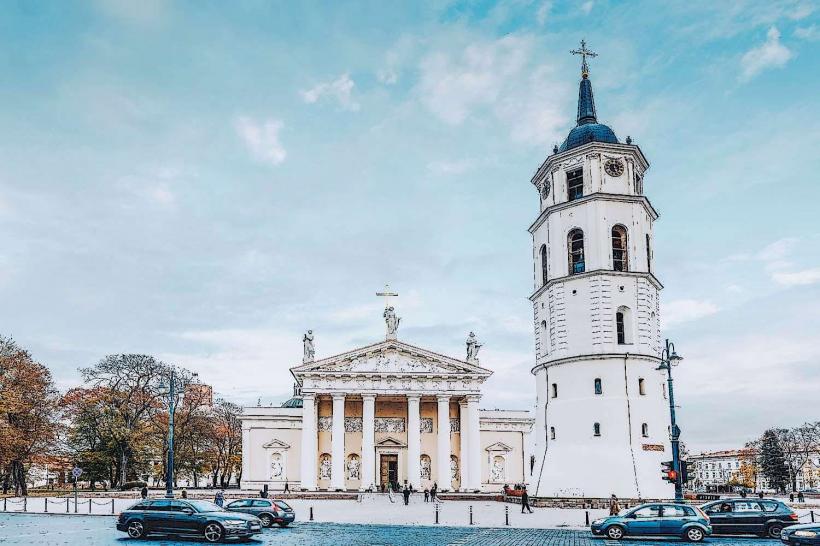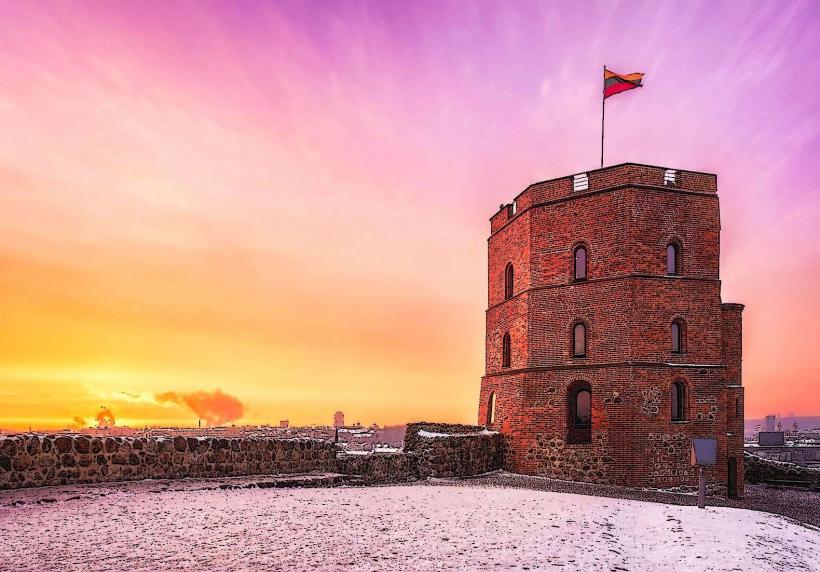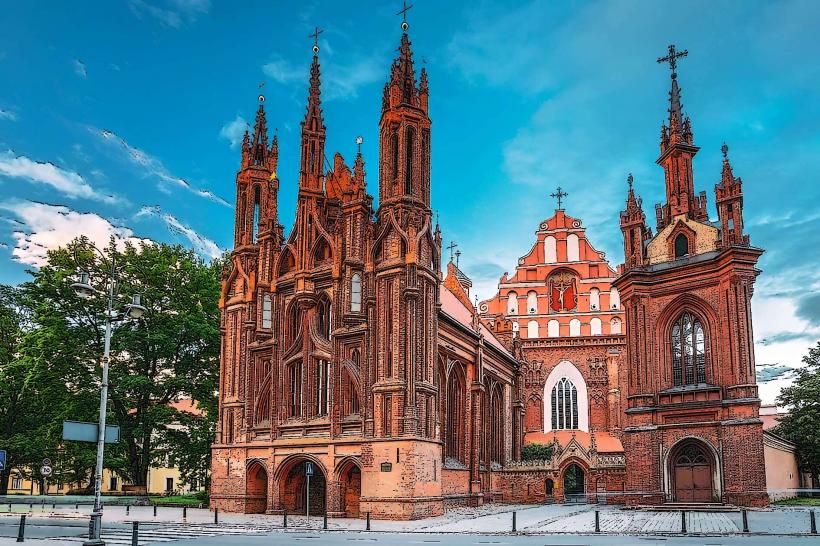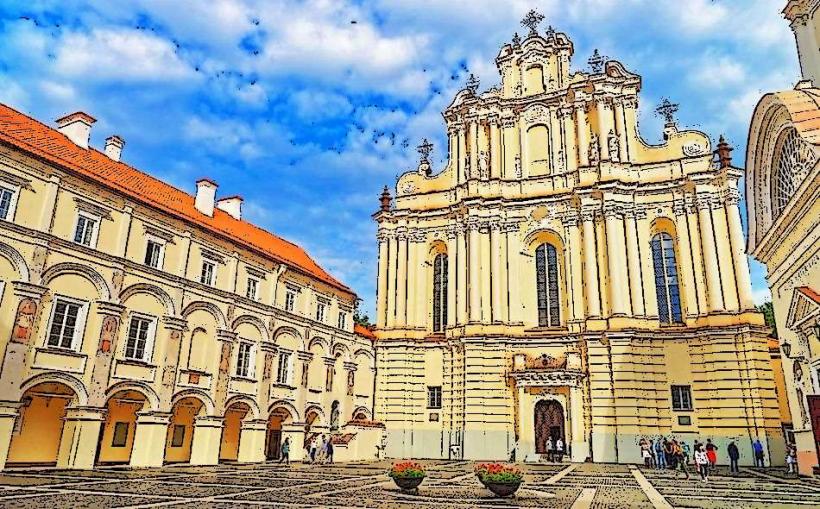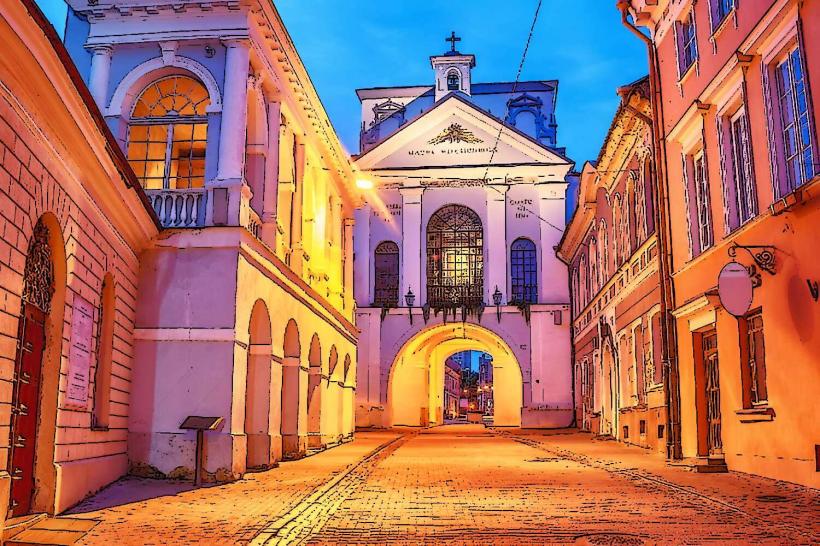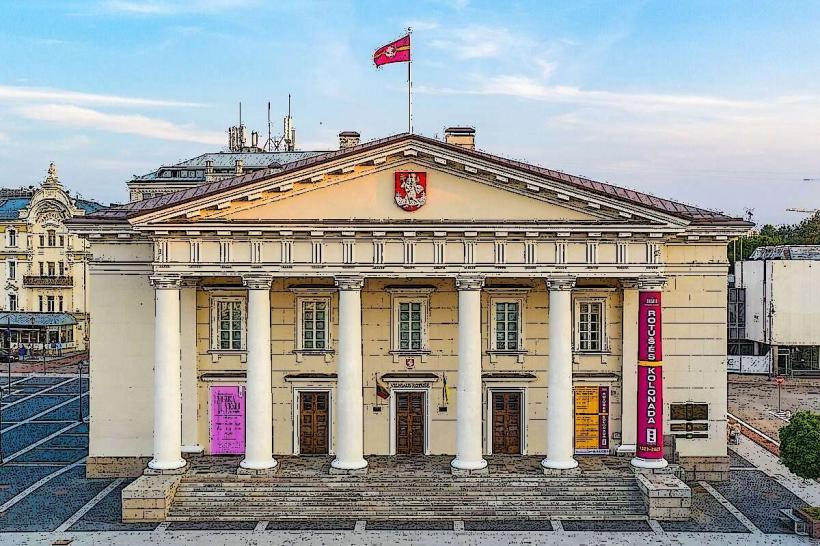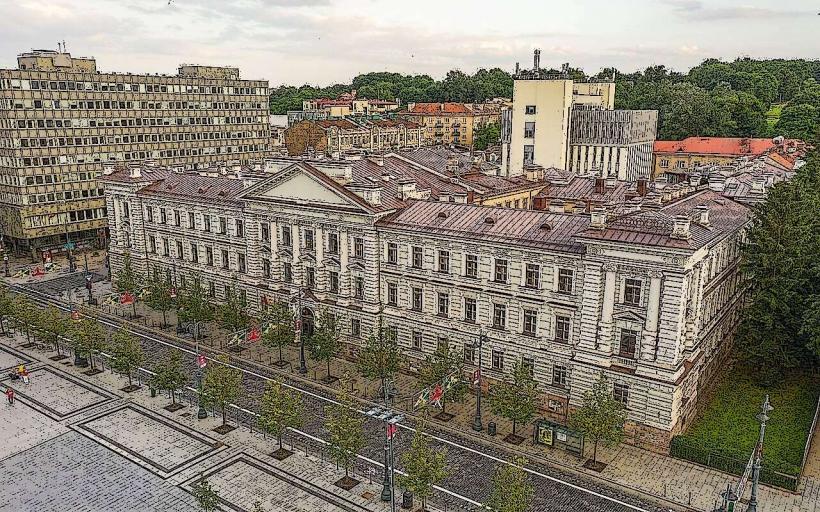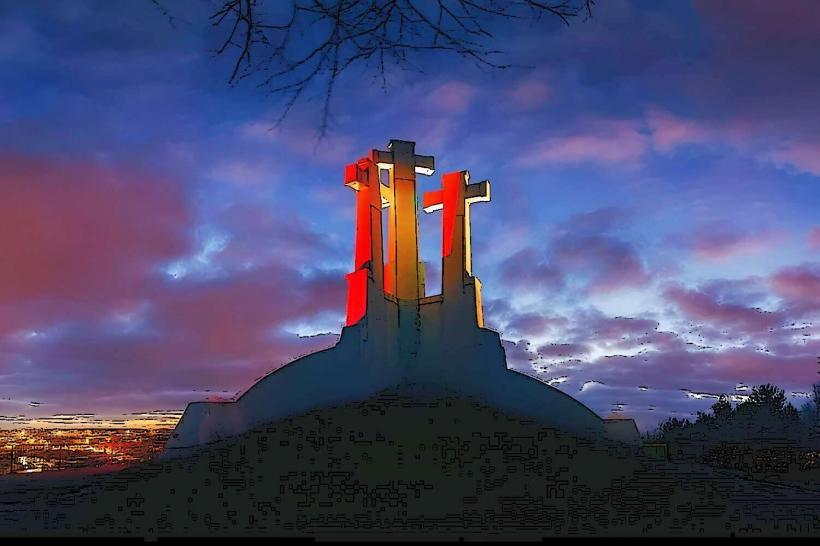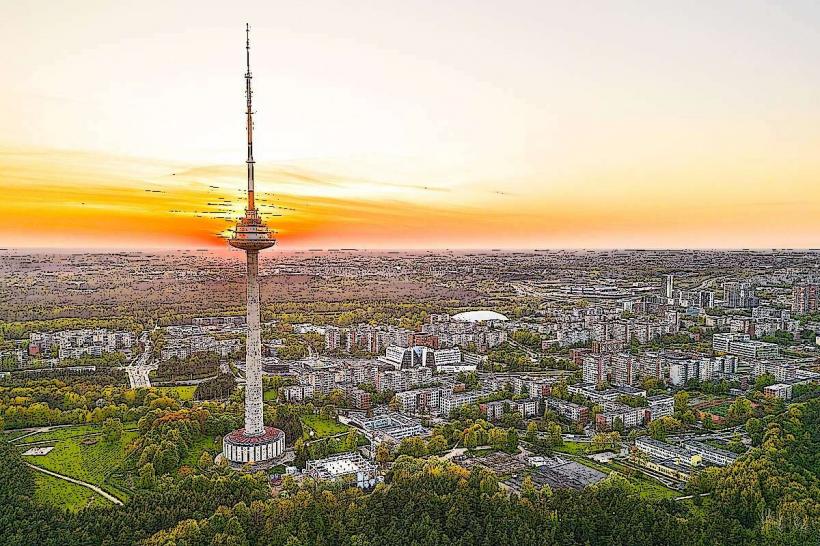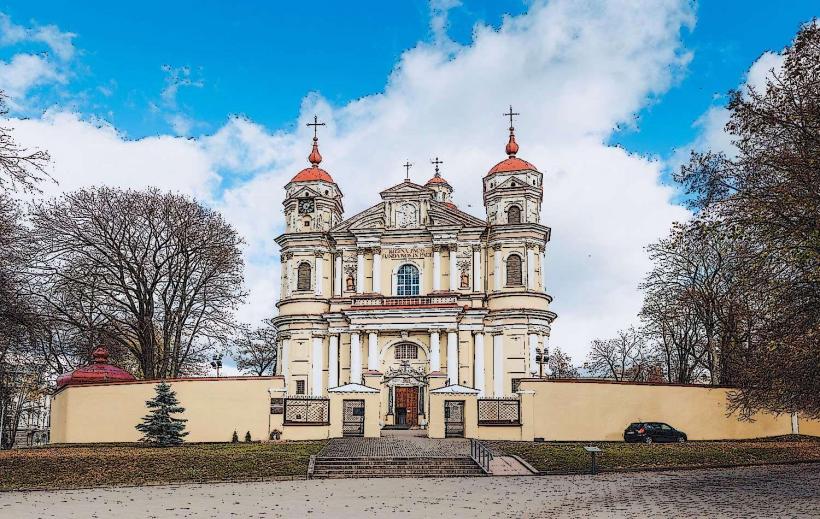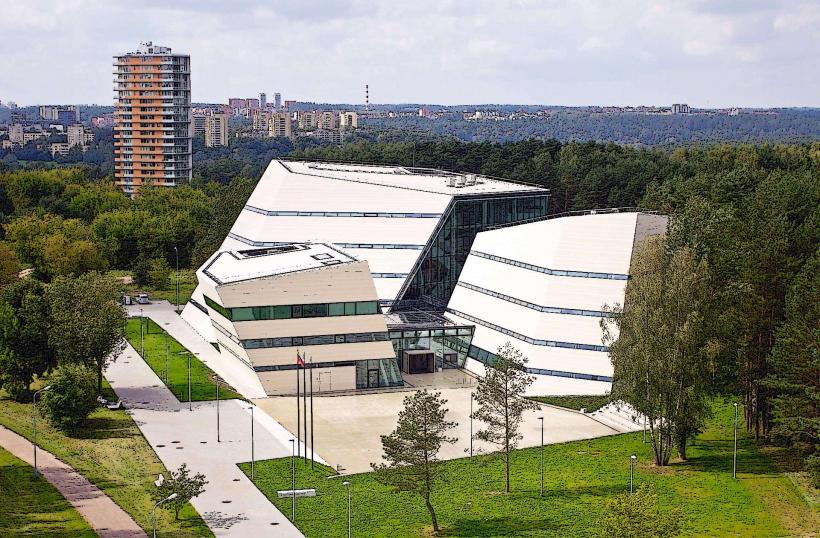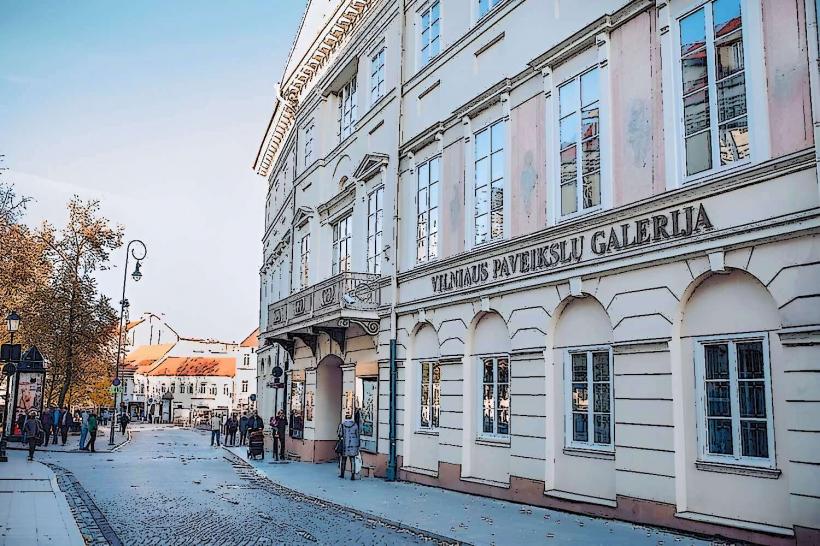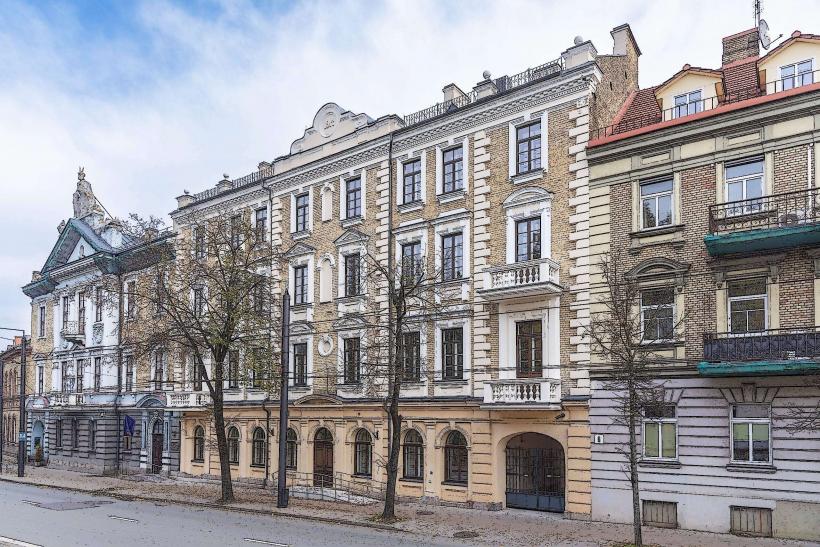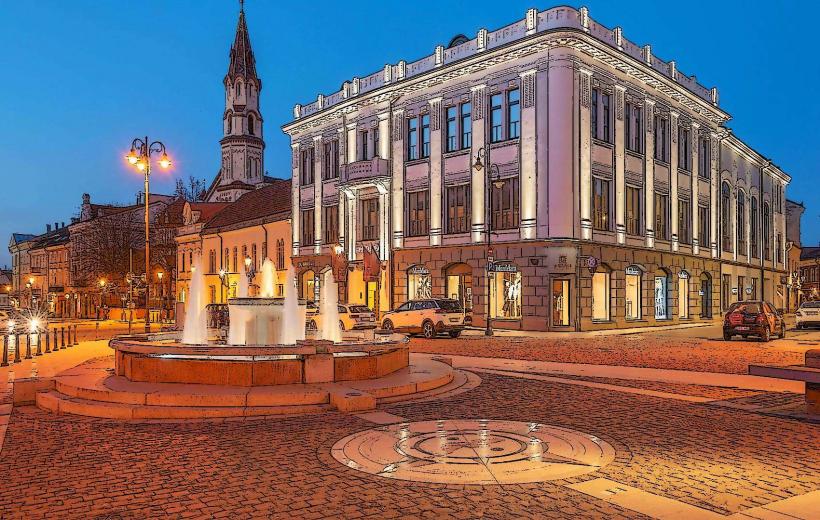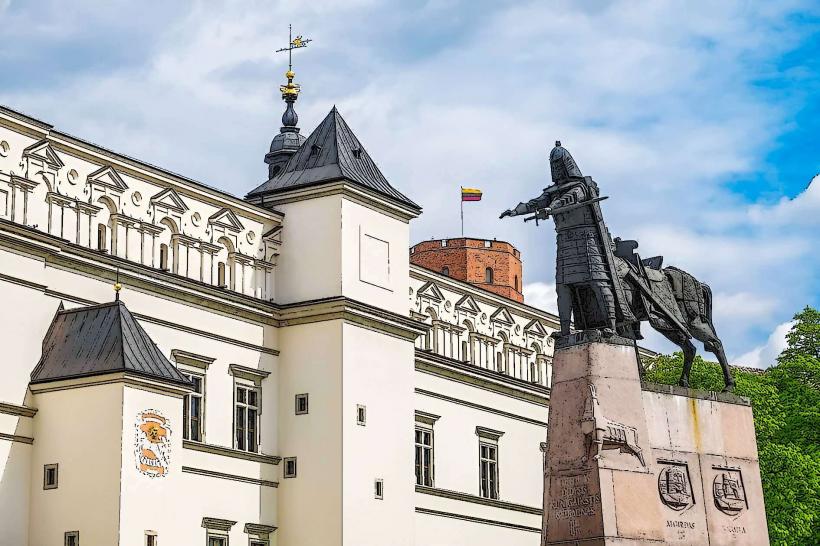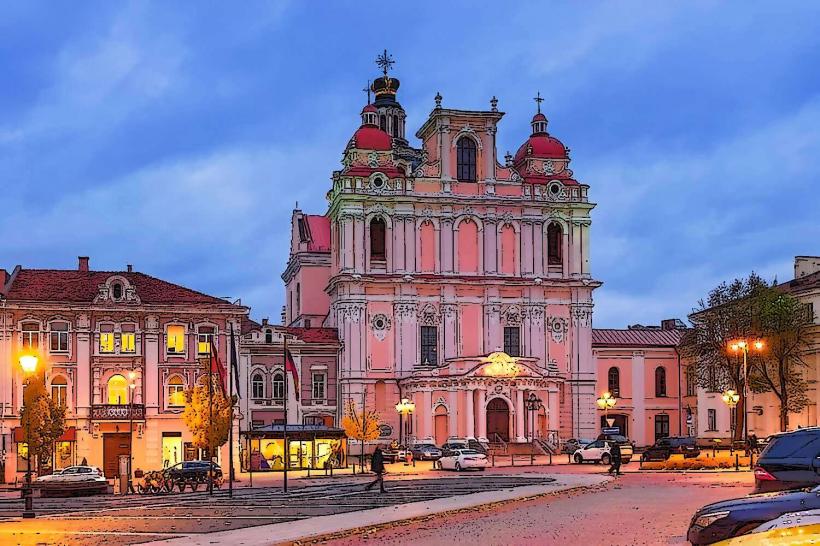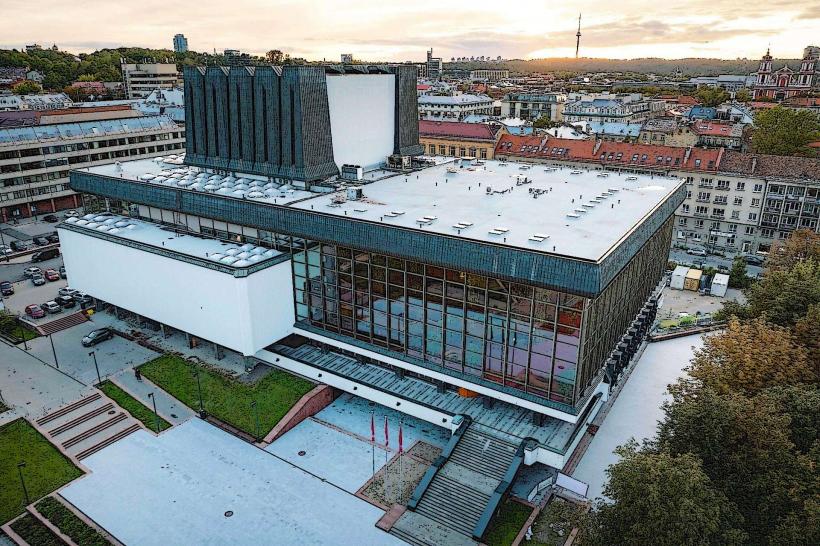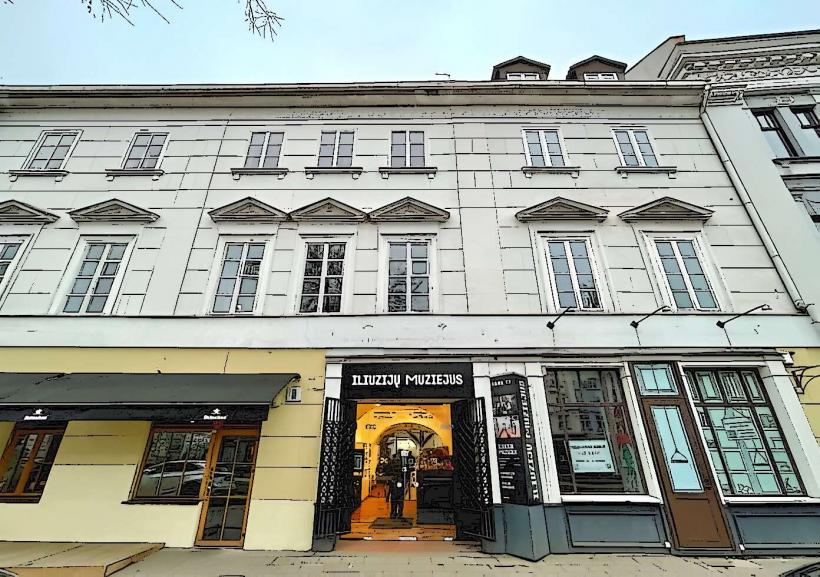Information
Landmark: Palace of Grand Dukes of LithuaniaCity: Vilnius
Country: Lithuania
Continent: Europe
Palace of the Grand Dukes of Lithuania (Lietuvos Didžiosios Kunigaikštystės Valdovų Rūmai)
The Palace of the Grand Dukes of Lithuania is one of the most important historical and architectural landmarks in Vilnius, Lithuania. Located at the foot of Gediminas’ Tower and the Vilnius Cathedral, the palace was the seat of the Grand Dukes of Lithuania for over 500 years. It is an essential symbol of Lithuania’s medieval history and the political power of the Grand Duchy of Lithuania.
Historical Background
Medieval Origins: The palace’s history dates back to the 14th century, during the reign of Grand Duke Gediminas. He established it as the administrative and residential center of the Grand Duchy, which at the time stretched across much of Eastern Europe, including parts of modern-day Lithuania, Belarus, Ukraine, and Poland. The palace was central to the governance and court life of the Duchy.
Expansion and Role: Under subsequent rulers, especially Grand Duke Vytautas the Great, the palace became an even more grandiose center of power, reflecting the Duchy’s strength and influence in Europe. The palace was not just a residence but also a venue for diplomatic missions, royal ceremonies, and administrative functions.
Decline and Destruction: After the Union of Lublin in 1569, when the Grand Duchy of Lithuania entered into a political union with the Kingdom of Poland, the palace’s significance gradually diminished. In the 17th century, the building was severely damaged during wars with Russia and Sweden, and by the 18th century, it had fallen into ruin.
Soviet Period: The ruins of the palace remained neglected throughout the 19th and early 20th centuries. During the Soviet period, the area was cleared and used for various purposes, but the historical importance of the palace was largely overlooked.
Modern Reconstruction: The modern reconstruction of the palace began in the early 2000s, following Lithuania’s independence from the Soviet Union. The project aimed to restore the palace to its former glory and revive its role as a symbol of Lithuanian identity and history.
Architecture
Medieval and Renaissance Styles: The original palace was a complex of buildings that combined various architectural styles, including medieval, Gothic, and Renaissance elements. The palace’s design and construction reflected the power and wealth of the Grand Duchy of Lithuania.
Renovations and Reconstructions: The current building is a meticulous reconstruction that blends historical accuracy with modern conservation techniques. The architectural features of the palace now include a combination of elements from the medieval, Renaissance, and Baroque periods, with a particular emphasis on reflecting the palace’s Renaissance-era grandeur.
Grand Facade: The palace’s façade faces the Cathedral Square, with a large, monumental entrance. The grand staircase leads up to the main floors, and large windows give the palace an imposing yet elegant look. The design is intended to reflect the dignity and power of the Grand Duchy’s rulers.
Interior: The interior of the reconstructed palace features a variety of rooms and chambers, each designed to reflect the different periods of the palace’s history. It includes an audience chamber, royal apartments, and banquet halls. The rich use of decorative arts, including frescoes, sculptures, and intricate woodwork, is intended to evoke the palace's medieval splendor.
Cultural and Historical Significance
Symbol of the Grand Duchy: The palace represents the power, culture, and influence of the Grand Duchy of Lithuania, which was one of the largest and most powerful states in medieval Europe. The Grand Duchy played a pivotal role in European history, particularly during its wars with the Teutonic Knights and its alliances with Poland. The palace is a symbol of Lithuania's medieval legacy and its status as a European power.
Royal and Ceremonial Functions: The palace was the site of important political and royal functions, including royal banquets, diplomatic negotiations, and ceremonial events. It was the seat of the Grand Duke and the place where the rulers held court and managed the affairs of the Duchy.
Political History: The palace’s significance grew especially during the reigns of prominent Grand Dukes like Vytautas the Great, who expanded the Grand Duchy into a major political and military power in Europe. The palace also witnessed significant events related to the governance of the state, including interactions with other European powers, such as the Kingdom of Poland, Russia, and the Holy Roman Empire.
Museum and Cultural Center: Today, the Palace of the Grand Dukes is a museum dedicated to Lithuanian history, particularly the history of the Grand Duchy of Lithuania. The museum features exhibits on the medieval period, the rulers of the Grand Duchy, and the role the palace played in Lithuania’s political and cultural development. Artifacts, medieval weapons, paintings, and historical documents provide insight into the grandeur of the Grand Duchy.
Visiting the Palace
Museum and Exhibitions: The Palace of the Grand Dukes of Lithuania Museum is open to the public and offers exhibitions on the history of the Grand Duchy, the palace itself, and the historical figures who played key roles in its development. The museum also hosts temporary exhibitions, educational programs, and events that highlight Lithuania's medieval heritage.
Archaeological Discoveries: Visitors can explore the archaeological findings from the palace and surrounding areas, including remnants of the original structures and items from the time of the Grand Dukes. The museum also features artifacts that help reconstruct the history of the palace from its founding to its destruction and subsequent reconstruction.
Tours: Guided tours are available, providing visitors with a detailed history of the palace and the Grand Duchy of Lithuania. The tours include explanations of the palace’s architecture, its royal inhabitants, and its role in Lithuanian history. The Chamber of the Grand Dukes and the Royal Hall are among the must-see areas of the palace.
Panoramic Views: The palace also offers beautiful views of Castle Hill, Gediminas' Tower, and the Vilnius Old Town, making it an excellent spot for photography and enjoying the city’s historic skyline.
Conclusion
The Palace of the Grand Dukes of Lithuania is a symbol of the grandeur and power of the Grand Duchy of Lithuania and an essential piece of the country’s history. The reconstruction of the palace has helped revive and preserve the memory of Lithuania’s medieval past, and today it stands as an important museum and cultural center. Its location in the heart of Vilnius, near Gediminas’ Tower and the Vilnius Cathedral, makes it an integral part of the city’s historic landscape and a must-visit for anyone interested in Lithuanian history and culture.

